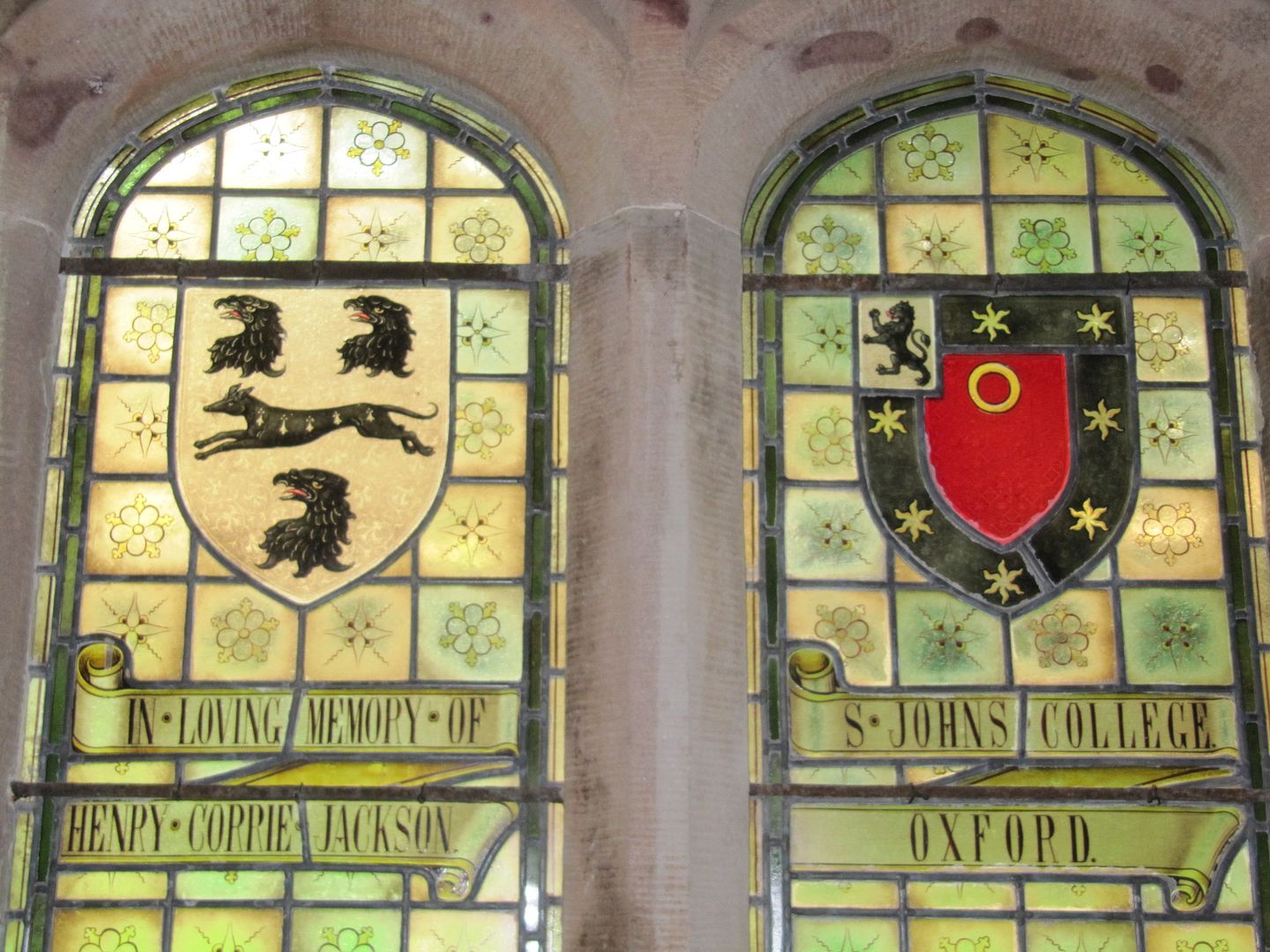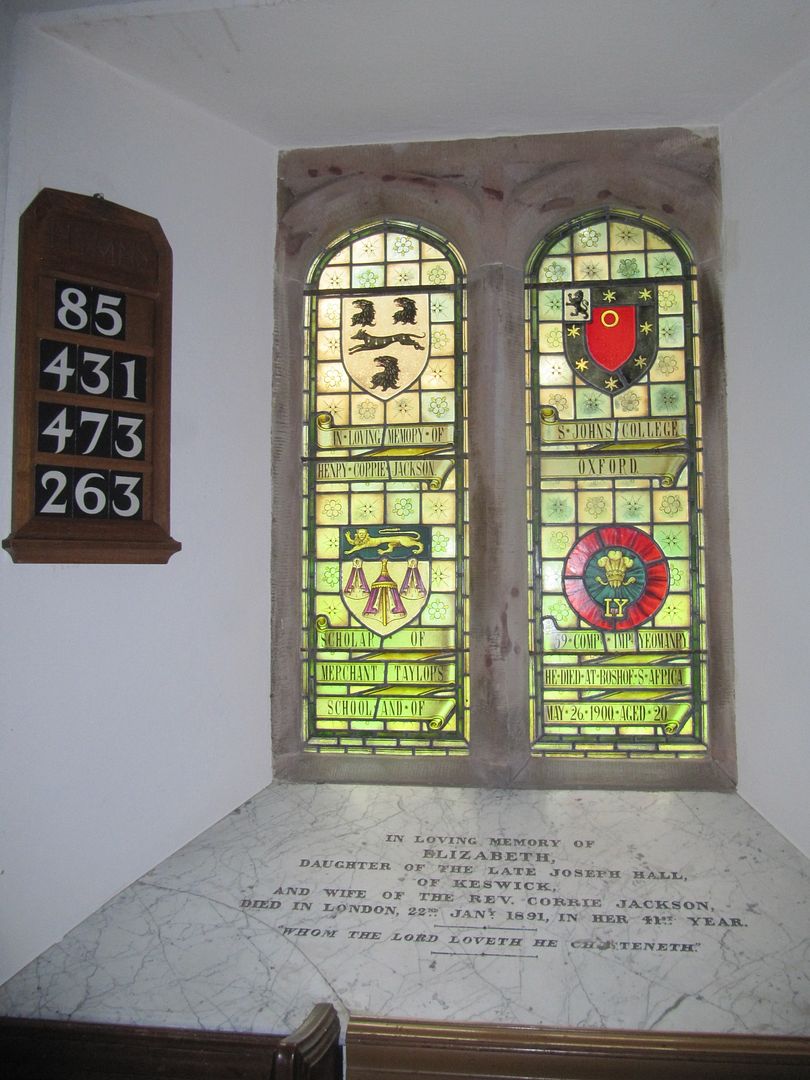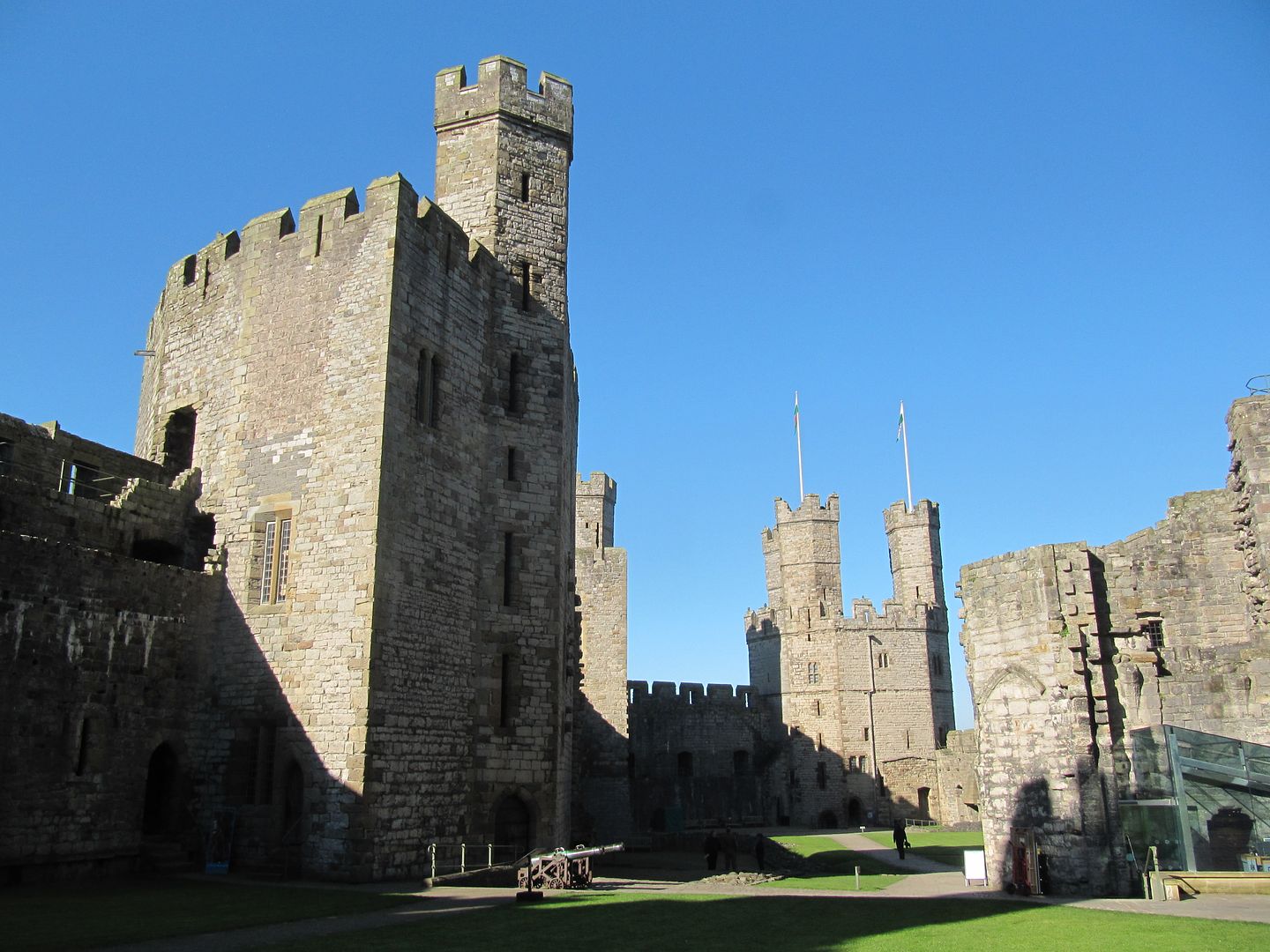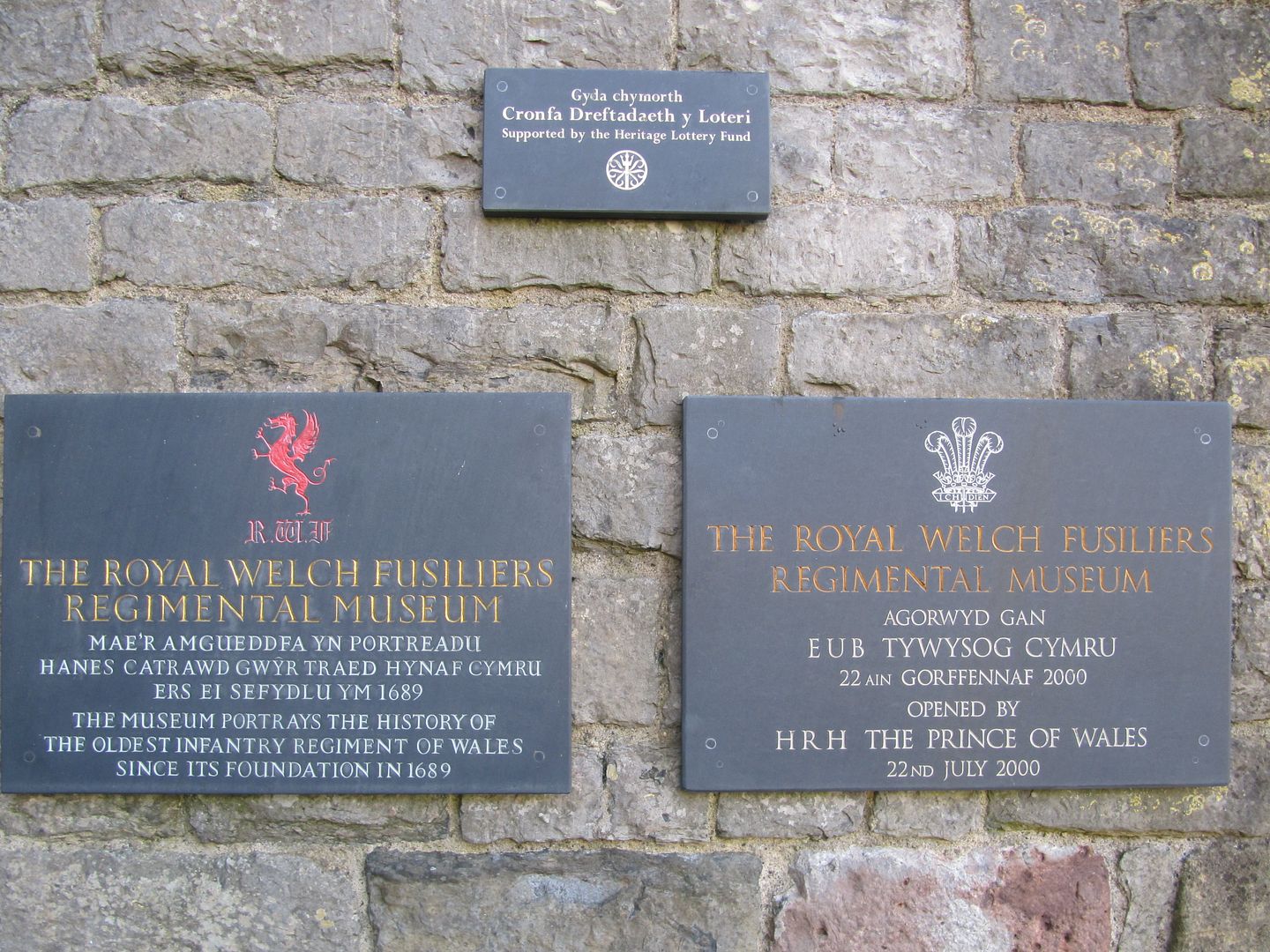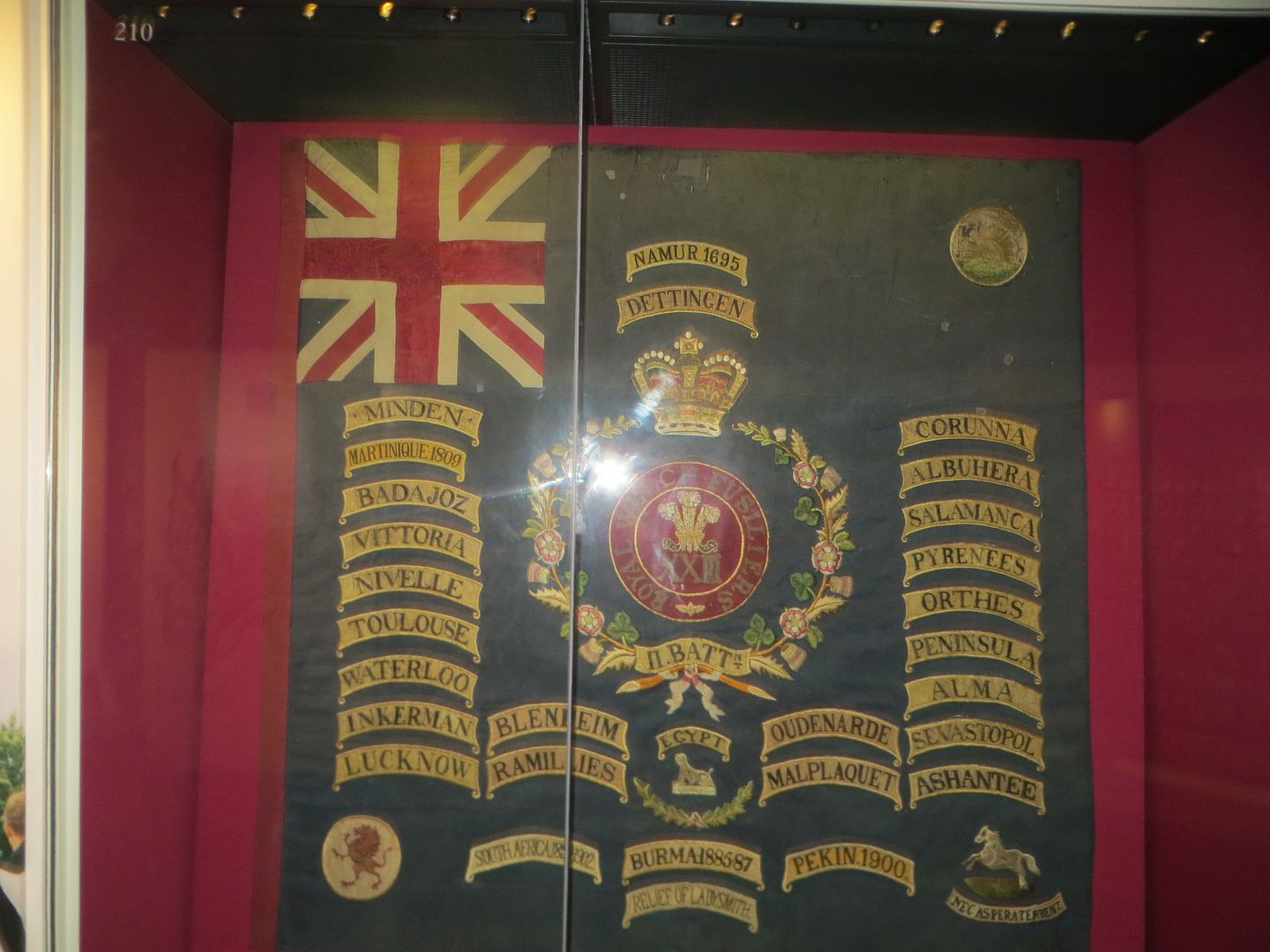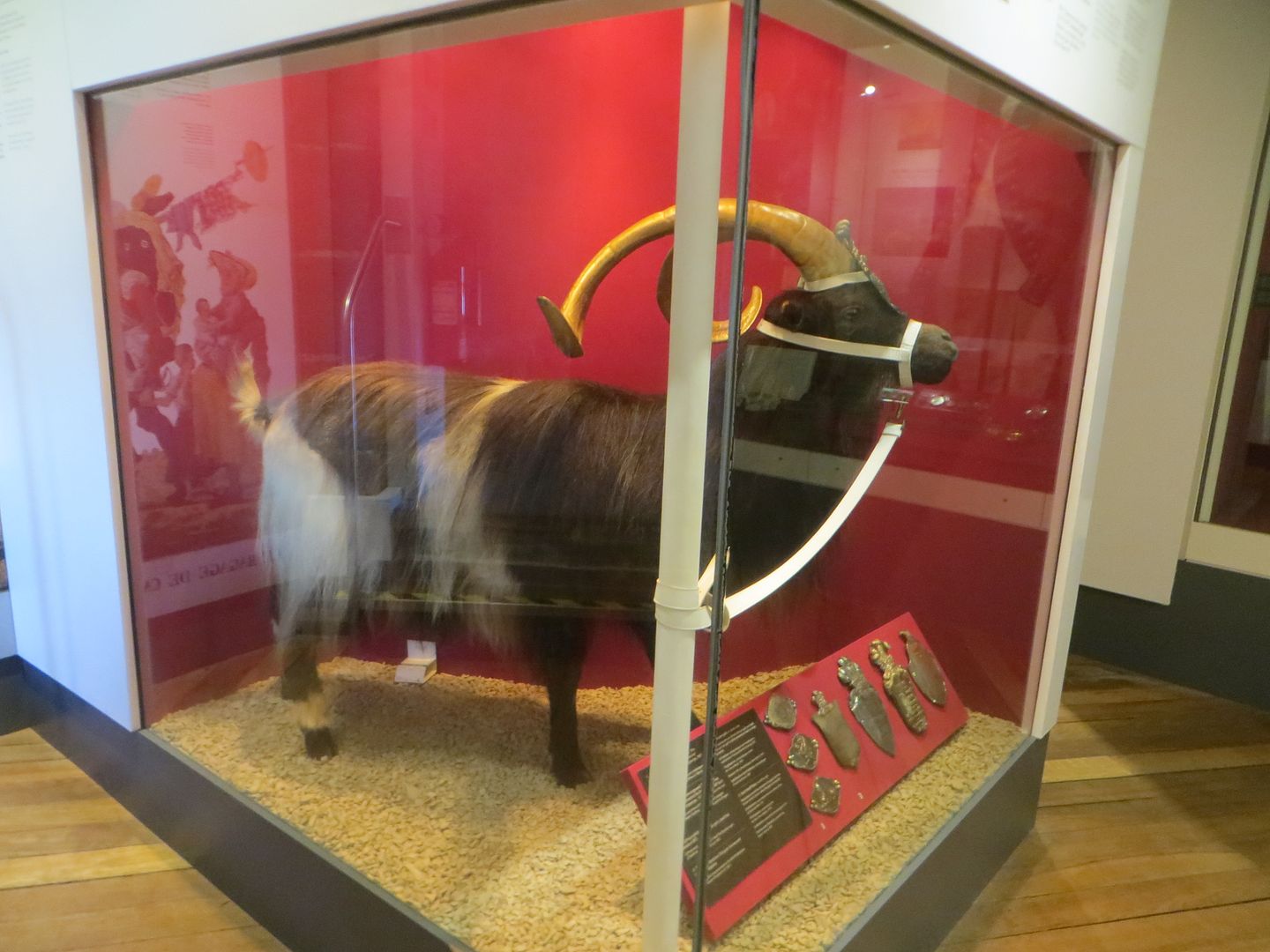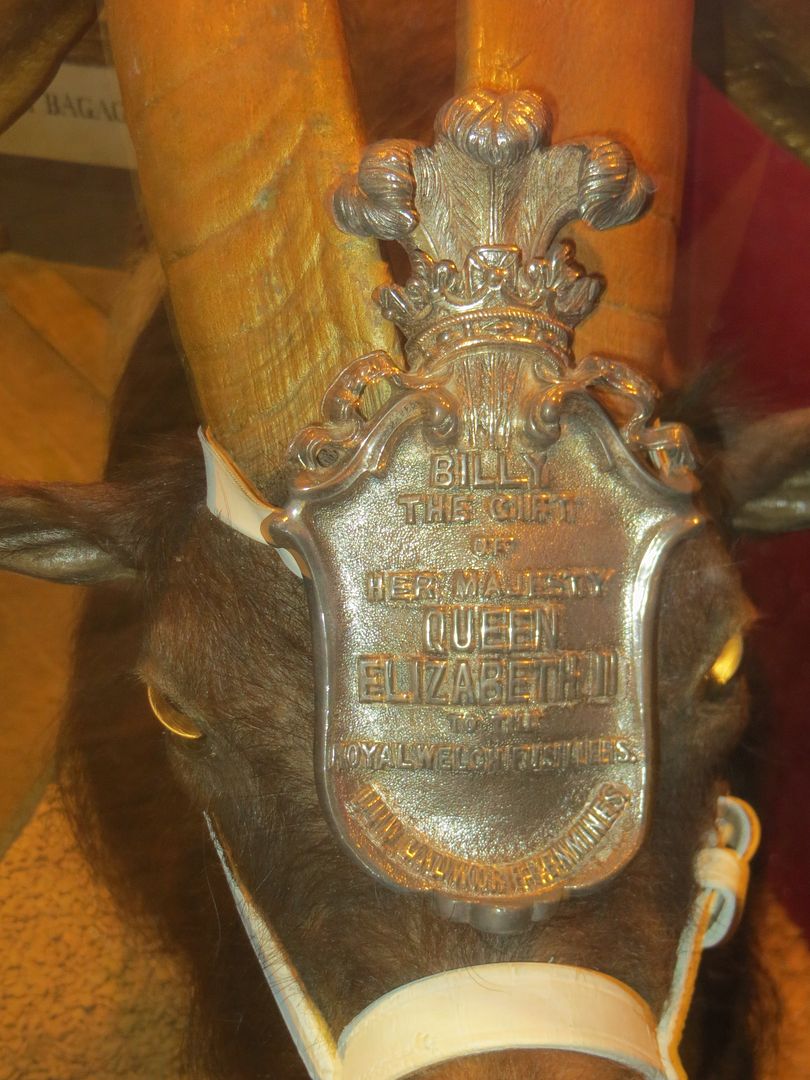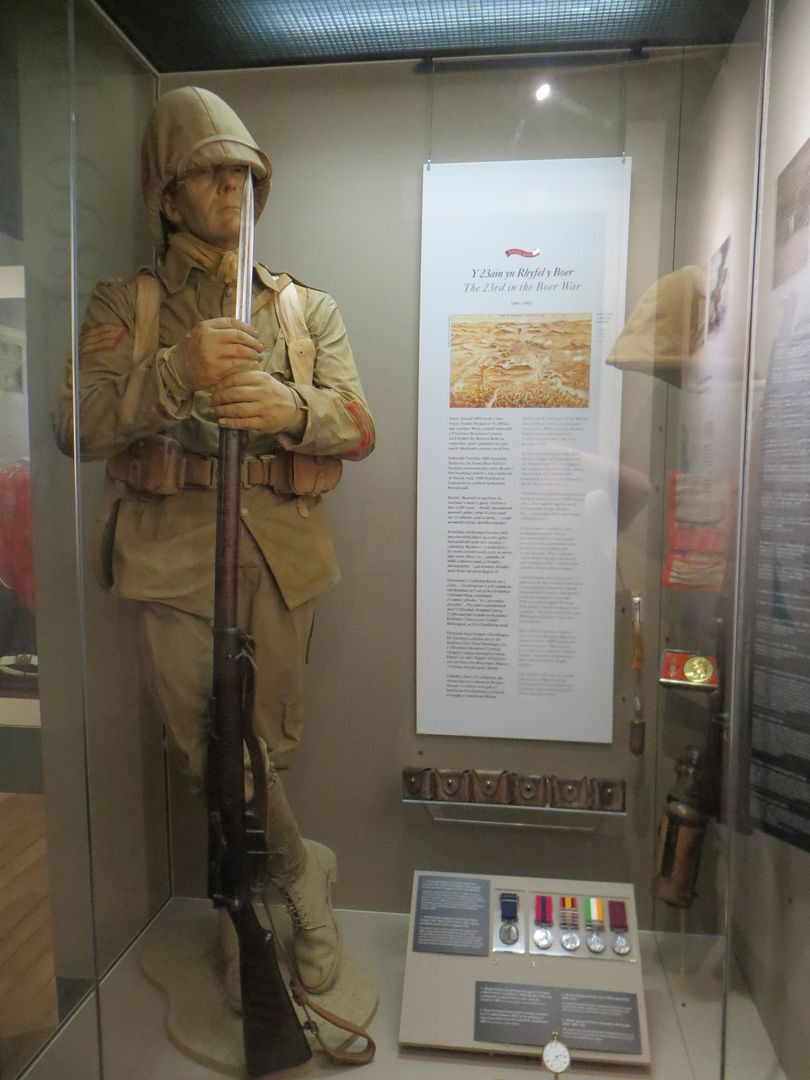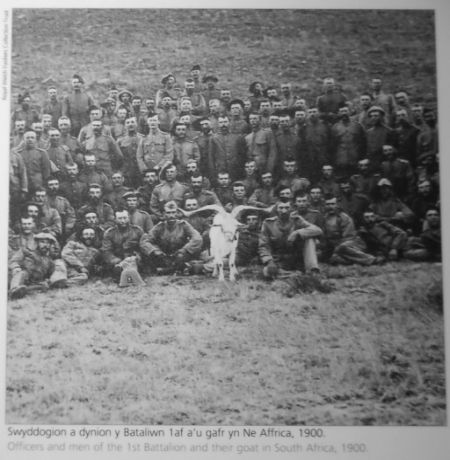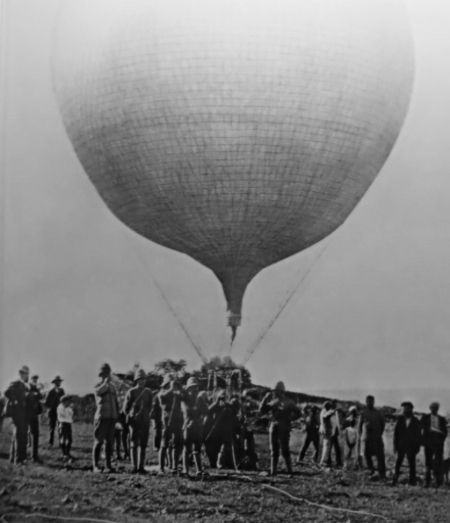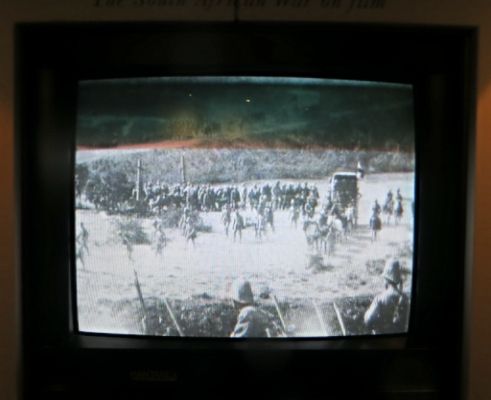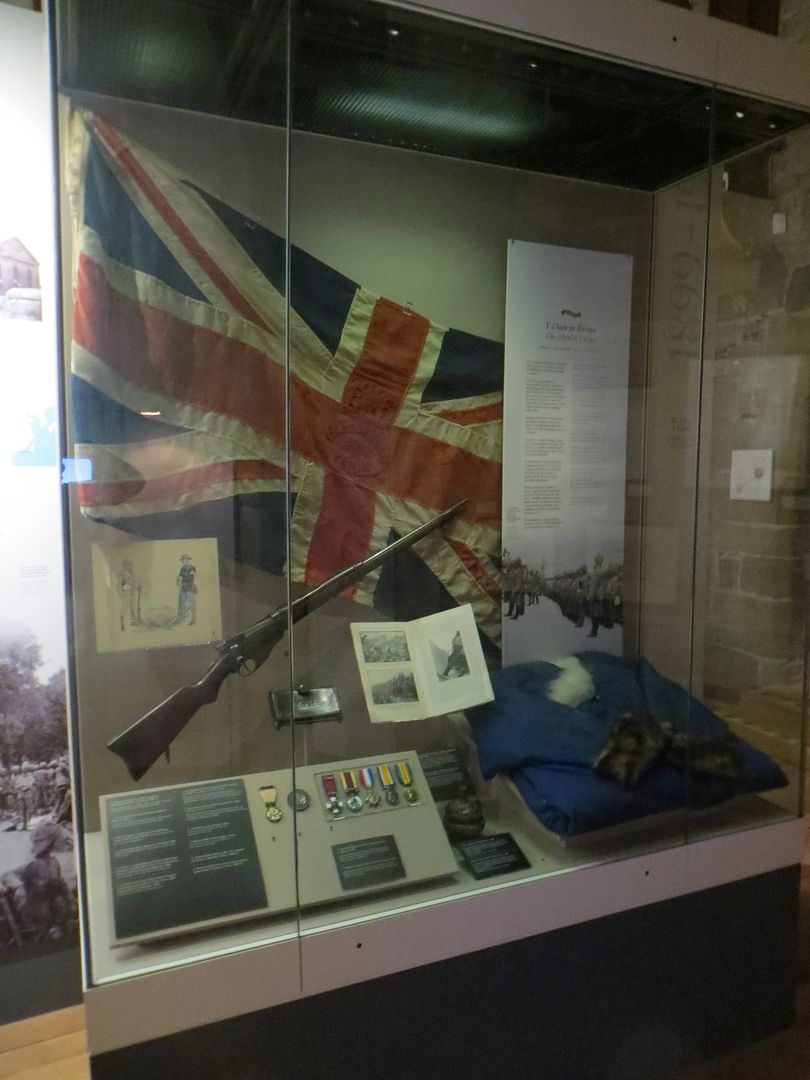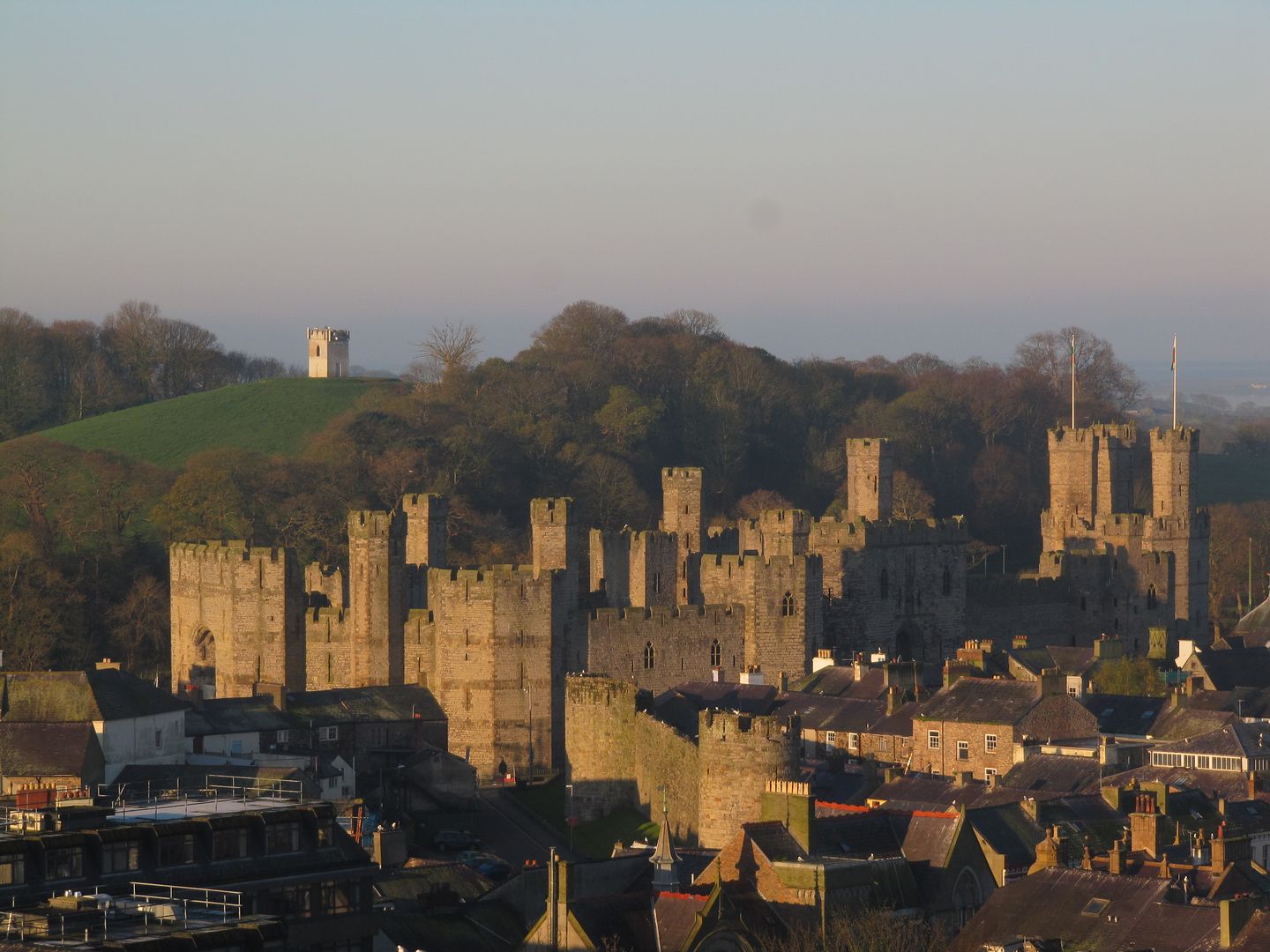I am researching the Boer War history of my two grandfathers. One was Major CTW Grimshaw DSO whose details you have on your database. The other is Capt EO Collison MC. I have his Queens and Kings South Africa medals so know that he was there but do not have more information. He may not have been a Capt when he was in the Boer War, but was during WWI.
Can anybody help me please?
Can anybody help me please?

















